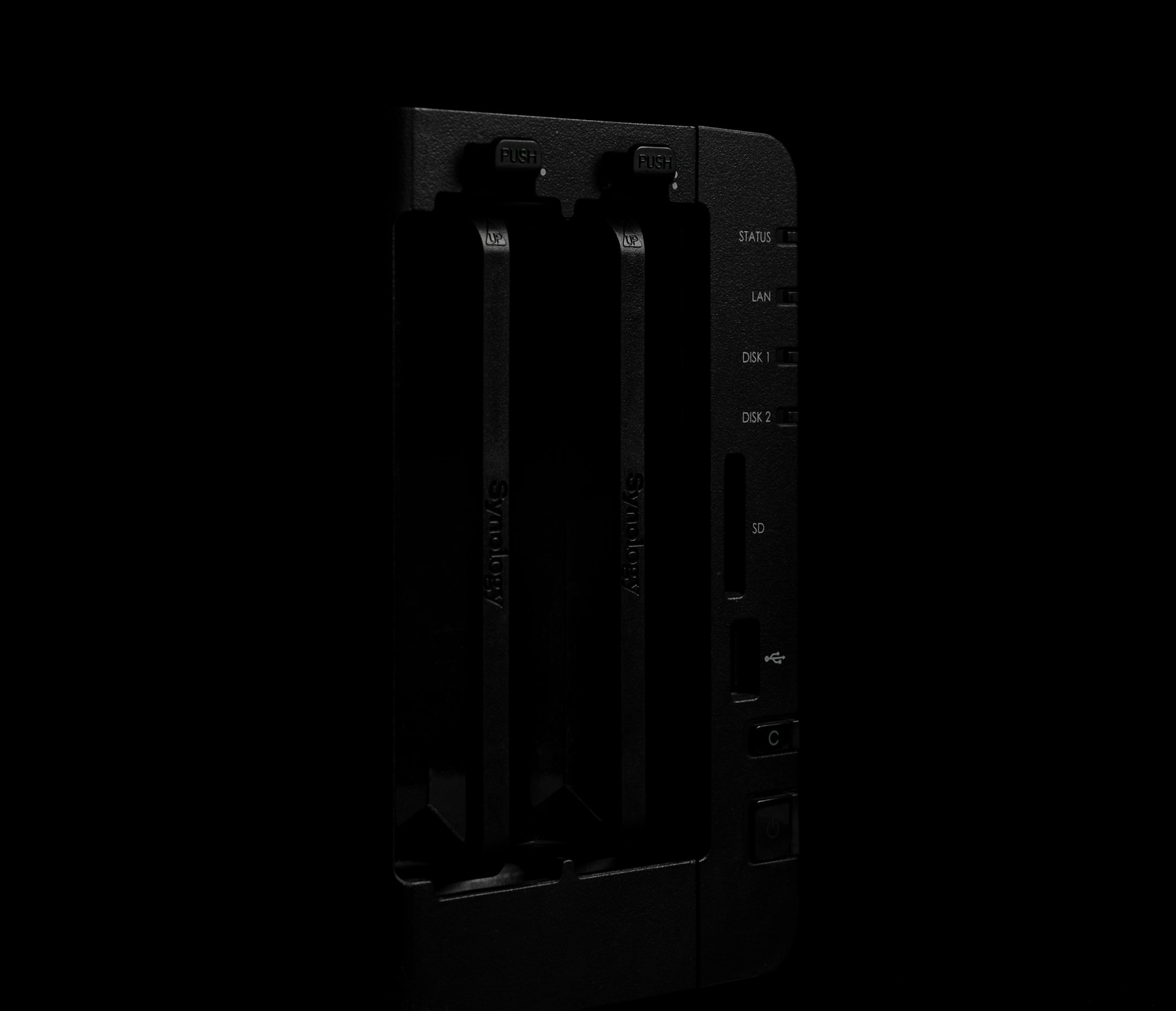What is RAID?
RAID stands for Redundant Array of Independent Disks—a storage technology that combines multiple physical drives into a single logical unit for better performance, redundancy, or both. It’s been used for decades in enterprise systems, and now it’s accessible even to home NAS users.
So, what does RAID do exactly? Depending on the configuration, it can:
- Speed up performance by splitting data across drives (striping).
- Protect against drive failure by duplicating data (mirroring or parity).
- Increase storage efficiency by balancing usable capacity vs redundancy.
🛑 Important: RAID is not a backup. It protects against hardware failure, but not accidental deletion, ransomware, or fire/theft. Always pair RAID with proper backups.
Comparing Common RAID Levels
Here’s a breakdown of the most popular RAID types you’ll encounter:
🔹 RAID 0 – Speed Only (Striping)
- Drives Required: 2+
- Redundancy: ❌ None
- Performance: ⚡ Very fast (data is split between drives)
- Usable Space: 100% (sum of all drives)
Use case: High-speed tasks where performance is more important than safety, like scratch disks or temporary media files.
Risk: One drive fails = everything is lost.
🔹 RAID 1 – Mirroring for Safety
- Drives Required: 2
- Redundancy: ✅ High (one copy per drive)
- Performance: ⚡ Read speed improves; write speed similar to single drive
- Usable Space: 50% (data duplicated)
Use case: Ideal for small business or home users who prioritize data safety with simple setup.
Downside: You lose half the total capacity.
🔹 RAID 5 – Balance of Speed + Redundancy
- Drives Required: 3+
- Redundancy: ✅ Tolerates one drive failure
- Performance: ⚡ Good read, moderate write
- Usable Space: (N-1) drives
Use case: Great for NAS users who want efficient storage and decent protection without sacrificing too much space.
Note: If one drive fails, performance drops until it’s rebuilt.
🔹 RAID 6 – Extra Redundancy
- Drives Required: 4+
- Redundancy: ✅✅ Can survive two drive failures
- Performance: ⚠️ Slower write than RAID 5
- Usable Space: (N-2) drives
Use case: Mission-critical systems where uptime is vital—commonly used in business or creative workflows.
🔹 RAID 10 – Best of Both Worlds
- Drives Required: 4+
- Redundancy: ✅ High (mirrored + striped)
- Performance: ⚡⚡ Excellent for read/write
- Usable Space: 50% (half used for redundancy)
Use case: High-performance setups where speed and fault tolerance are equally important.
Pros and Cons of Each RAID Level
Each RAID level comes with its own trade-offs. Here’s a quick summary:
RAID 0
- ✅ Pros: Maximum speed, full capacity
- ❌ Cons: No protection at all
RAID 1
- ✅ Pros: Simple, safe
- ❌ Cons: Wastes half your storage
RAID 5
- ✅ Pros: Efficient balance
- ❌ Cons: Slower writes, long rebuild time
RAID 6
- ✅ Pros: Double protection
- ❌ Cons: Lower usable space, slower performance
RAID 10
- ✅ Pros: Great performance + redundancy
- ❌ Cons: Requires 4 drives minimum, uses half the space
Final Note
RAID gives you performance and peace of mind—but it’s not one-size-fits-all. Choosing the right level depends on your goals, hardware, and tolerance for risk.



